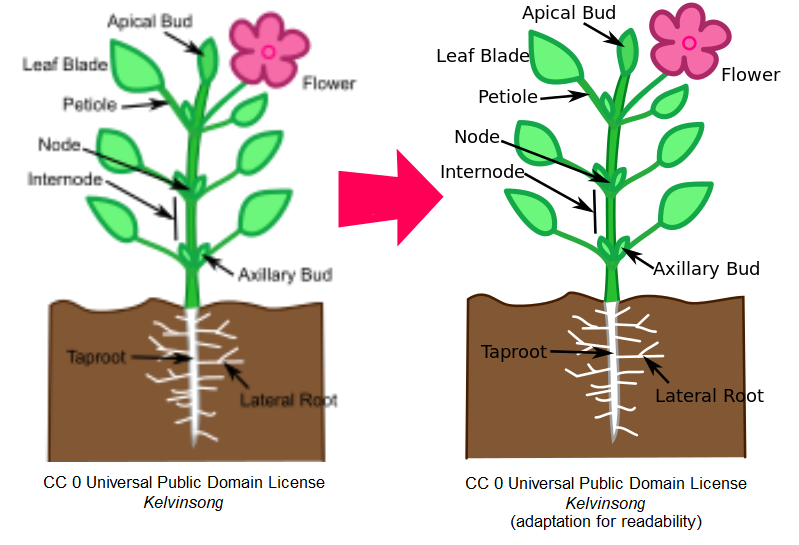Copyright
Copyright and Open Licensing
Learning Objectives
By the end of this section, you will be able to:
- Define open licenses and how they relate to OERs.
Open Licenses
All OER are made available under some type of open license, a set of authorized permissions from the rightsholder of a work for any and all users. The most popular of these licenses are Creative Commons (CC) licenses, customizable copyright licenses that allow others to reuse, adapt, and re-publish content with few or no restrictions. CC licenses allow creators to explain in plain language how their works can be used by others.[1]
Creative Commons licenses will be explored in more detail in the next chapter.
Why Open Licenses?
Open licenses are an integral part of what makes an educational resource an OER. The adaptability and reusability of OER make it so that they are not just free to access, but also free for instructors who want to alter the materials for use in their course. For example, in the figure below an openly licensed image has been traced to make it more readable for users.

One of the tenets of OER laid out early on in the open education movement was the idea of the 5 Rs (originally the 4 Rs) introduced by David Wiley.[2] These five attributes lay out what it means for something to be truly “open,” as the term is used in open education. The 5 Rs include:
- Retain = the right to make, own, and control copies of the content.
- Reuse = the right to use the content in a wide range of ways
- Revise = the right to adapt, adjust, modify, or alter the content itself
- Remix = the right to combine the original or revised content with other open content to create something new
- Redistribute = the right to share copies of the original content, your revisions, or your remixes with others
While the “redistribute” and “revise” rights are the most commonly exercised rights in open education, each of the five plays an important role in the utility of an open educational resource. For example, without the right to “remix” materials, an instructor who teaches an interdisciplinary course would not be able to combine two disparate OER into a new resource that more closely fits their needs.
In the next chapter, we’ll look at Creative Commons licenses and how they facilitate the expression of the 5 Rs in unique ways.
- By assigning an open license to your work, you allow any user to exercise the rights allowed under the license, and cannot restrict reuse by certain individuals or parties without changing the license itself. ↵
- Wiley, David. "Defining the 'Open' in Open Content and Open Educational Resources." Open Content blog, 2014. http://opencontent.org/definition/. ↵
A copyright license which grants permission for all users to access, reuse, and redistribute a work with few or no restrictions.
A set of open licenses that allow creators to clearly mark how others can reuse their work through a set of four badge-like components: Attribution, Share-Alike, Non-Commercial, and No Derivatives.

